Home>Garden Essentials>How Long After Applying Weed Killer Can I Plant Grass Seed
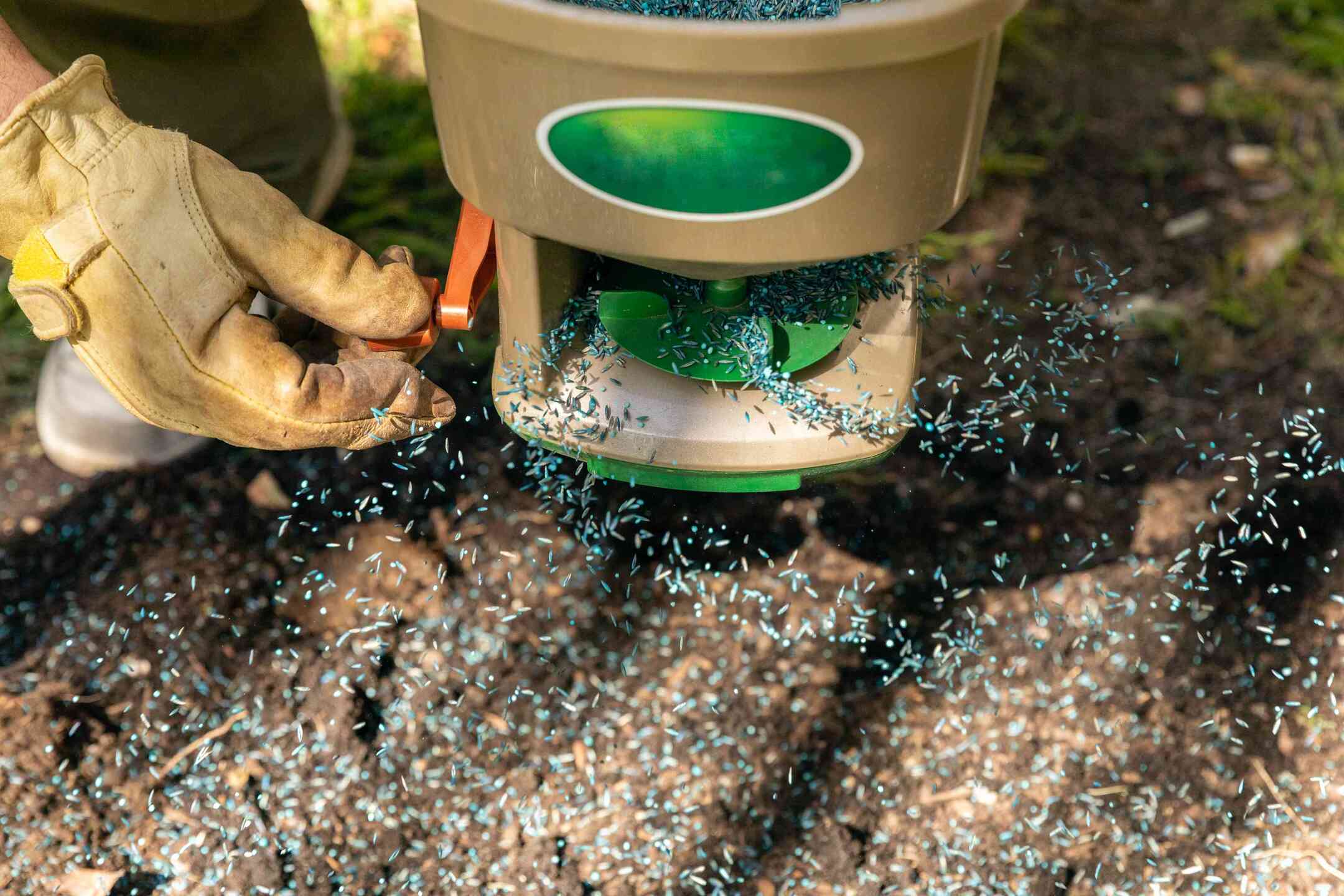

Garden Essentials
How Long After Applying Weed Killer Can I Plant Grass Seed
Modified: March 24, 2024
Discover how long you should wait to plant grass seed in your garden after applying weed killer. Expert advice for optimal results!
(Many of the links in this article redirect to a specific reviewed product. Your purchase of these products through affiliate links helps to generate commission for Storables.com, at no extra cost. Learn more)
Introduction
Welcome to our comprehensive guide on planting grass seed after applying weed killer. If you’re a proud gardener or homeowner looking to maintain a lush and weed-free lawn, you may have wondered how long you should wait before planting grass seed after using weed killer.
Applying weed killer can be an effective method to eliminate unwanted weeds and promote the growth of healthy grass. However, it’s crucial to understand the timing and factors that come into play to ensure the success of your grass seed planting after using weed killer.
In this article, we will delve into the ins and outs of this topic, providing you with valuable insights and recommendations for achieving a thriving and weed-resistant lawn. Whether you’re a beginner or an experienced gardener, this guide will equip you with the knowledge to make informed decisions and maximize the results of your lawn care efforts.
Key Takeaways:
- Wait at least 7 to 14 days after using weed killer before planting grass seed. Consider soil, climate, and grass type to ensure successful growth.
- Prepare soil, choose the right grass seed, and water properly for successful grass seed planting after using weed killer. Be patient and diligent in maintenance.
Understanding Weed Killer and its Effects on Grass Seed
Weed killers, also known as herbicides, are substances designed to control or eliminate unwanted weeds in a lawn or garden. They work by targeting the biological processes of plants, inhibiting their growth and eventually causing them to die off. While these products can be highly effective in controlling weeds, they can also have an impact on the growth and establishment of grass seed if not used properly.
One of the main concerns when using weed killer is its potential to hinder the germination and growth of grass seed. Weed killers are designed to target broadleaf weeds, which are often close relatives to grass species. As a result, there is a risk that the herbicide may also affect the germination and growth of grass seed if applied too soon.
The key factor to consider is the type of weed killer you are using. Different types of herbicides have varying levels of residual effects, meaning how long they remain active in the soil after application. Some weed killers break down quickly and have minimal impact on grass seed, while others can persist in the soil for an extended period, hindering the germination and growth of newly planted grass seed.
Furthermore, the timing of the weed killer application in relation to the planting of grass seed is crucial. It’s important to follow the instructions provided by the manufacturer of the weed killer and consider the specific recommendations for your region and grass type.
Before applying any weed killer, it’s essential to assess the condition of your lawn. If the majority of your lawn consists of weeds, it may be more effective to completely eradicate the weeds before planting grass seed. This will ensure a fresh start and give the grass seed the best chance to thrive without competition from invasive weeds.
Overall, understanding the effects of weed killer on grass seed is crucial for successful lawn care. By selecting the appropriate weed killer and following proper application guidelines, you can strike the right balance between eliminating weeds and promoting healthy grass growth.
Factors Affecting Wait Time
The wait time between applying weed killer and planting grass seed can vary depending on several factors. Consider the following factors to determine the appropriate wait time for your specific situation:
- Type of Weed Killer: Different weed killers have varying levels of residual effects. Some break down quickly, while others can remain active in the soil for weeks or even months. It’s important to check the label or consult with the manufacturer to determine the specific wait time recommended for the product you are using.
- Soil Conditions: The condition of your soil also plays a role in how long you should wait before planting grass seed. If your soil is compacted or lacks organic matter, it may take longer for any remaining traces of the weed killer to break down. In such cases, it’s advisable to wait a bit longer before sowing grass seed to ensure optimal conditions for germination and growth.
- Climatic Conditions: The weather conditions in your area can also influence the wait time. Warmer temperatures and adequate moisture can help accelerate the breakdown of the weed killer. On the other hand, cooler temperatures and dry conditions may slow down the process. Consider the current and forecasted weather conditions to determine an appropriate wait time.
- Grass Type: Different grass species have varying levels of tolerance to weed killers. Some grasses are more sensitive and may require a longer wait time before sowing grass seed. Consult with local experts or refer to resources specific to your region to determine the recommended wait time based on the grass type you are planting.
- Severity of Weed Infestation: If your lawn had a severe weed infestation, it’s important to ensure that the weed killer has effectively eliminated the majority of the weeds. If there are still significant pockets of weeds after application, it may be necessary to wait longer before planting grass seed to prevent any potential competition between the remaining weeds and the newly planted seeds.
Considering these factors will help you determine the appropriate wait time before planting grass seed after applying weed killer. It’s important not to rush the process and give your lawn the best chance to thrive in a weed-free environment. Patience and careful consideration of these factors will result in a healthier and more vibrant lawn.
Wait at least 4 weeks after applying weed killer before planting grass seed. This allows the chemicals to break down and won’t harm the new grass.
Recommended Wait Time for Planting Grass Seed after Applying Weed Killer
The recommended wait time for planting grass seed after applying weed killer can vary depending on the specific herbicide used. It is essential to follow the instructions provided by the manufacturer of the weed killer to ensure optimal results. However, as a general guideline, here are some common recommendations:
- Non-Selective Weed Killers: Non-selective weed killers, such as glyphosate-based herbicides, are designed to kill all vegetation. These herbicides have a longer residual effect and can persist in the soil for several weeks. It is recommended to wait at least 7 to 14 days after applying a non-selective weed killer before planting grass seed. This wait time allows the herbicide to break down and ensures that any remaining traces will not hinder the germination and growth of the grass seed.
- Selective Weed Killers: Selective weed killers, such as those designed specifically for broadleaf weed control, may have a shorter residual effect compared to non-selective weed killers. In most cases, it is advisable to wait at least 2 to 3 weeks after applying a selective weed killer before planting grass seed. This wait time allows for any residual effects to dissipate, reducing the risk of interference with the germination and growth of the grass seed.
- Pre-emergent Herbicides: Pre-emergent herbicides are commonly used to prevent the germination of weed seeds, providing long-lasting weed control. These herbicides create a barrier in the soil that inhibits weed seed germination. However, they can also prevent the germination of grass seed. It is generally recommended to wait at least 8 to 12 weeks after applying a pre-emergent herbicide before planting grass seed.
It’s important to note that these recommended wait times may vary depending on factors such as soil conditions, grass type, and climate. Always refer to the instructions provided by the manufacturer of the weed killer for the most accurate and specific guidance.
Additionally, performing a soil test before planting grass seed can help determine the presence of any residual herbicide. This will provide valuable information to ensure the safety and success of your grass seed planting. Consulting with local experts or contacting your agricultural extension office can also provide region-specific recommendations for wait times after applying weed killer.
By adhering to the recommended wait times, you can ensure that your grass seed has the best chance of germinating and establishing in a weed-free environment, resulting in a healthy and vibrant lawn.
Tips for Successful Grass Seed Planting after Weed Killer Application
Planting grass seed after applying weed killer requires careful planning and execution to ensure successful germination and growth. Follow these tips to maximize your chances of establishing a healthy and weed-resistant lawn:
- Read and Follow Instructions: Always read and carefully follow the instructions provided by the manufacturer of the weed killer. They will provide specific guidelines on the wait time before planting grass seed and any other pertinent information.
- Prepare the Soil: Before sowing grass seed, prepare the soil by removing any remaining weeds. Ensure that the soil is well-drained, free from debris, and sufficiently loosened to encourage proper root development.
- Test the Soil: Consider performing a soil test to assess its nutrient levels and pH. This will help determine if any amendments, such as lime or fertilizer, are needed to create optimal growing conditions for the grass seed.
- Choose the Right Grass Seed: Select grass seed varieties that are suitable for your specific region, climate, and intended use. This ensures a better chance of successful establishment and long-term health of the lawn.
- Seed at the Correct Rate: Follow the recommended seeding rate provided on the grass seed packaging. Broadcasting the seed evenly will help prevent overcrowding and promote healthy growth.
- Water Properly: Adequate and consistent watering is crucial for successful grass seed germination. Water the newly seeded area lightly and frequently to keep the soil moist but not waterlogged. This will help the grass seedlings develop strong root systems.
- Avoid Weed Killer Overspray: When applying weed killer, take extra care to avoid overspraying onto areas where grass seed will be planted. This can prevent any potential damage to the newly seeded area and ensure healthy growth.
- Maintain Optimal Growing Conditions: Monitor the newly seeded area regularly and take necessary steps to maintain optimal growing conditions. This includes adjusting irrigation as needed, mowing at the proper height once the grass is established, and following a regular fertilization and maintenance schedule.
- Patience and Weed Control: Remember that it may take some time for the grass seed to fully establish and fill in. During this period, be diligent in controlling any weeds that may appear. Hand-pulling or spot treating with a selective herbicide can help maintain a weed-free lawn.
By following these tips, you can increase your chances of successful grass seed planting after applying weed killer. A well-established lawn with healthy grass will not only enhance the visual appeal of your outdoor space but also help minimize weed growth and promote overall lawn health.
Read more: How Long After Crabgrass Killer Can I Seed
Conclusion
Planting grass seed after applying weed killer requires careful consideration and adherence to specific guidelines to ensure optimal results. Understanding the effects of weed killer on grass seed, the factors affecting the wait time, and the recommended wait time are all crucial for successful lawn care.
By choosing the appropriate weed killer, following proper application techniques, and allowing a sufficient wait time, you can create the ideal conditions for your grass seed to germinate and thrive. Taking into account factors such as the type of weed killer, soil conditions, climate, grass type, and severity of weed infestation can help determine the appropriate wait time for planting grass seed.
To further enhance the success of your grass seed planting, it is important to prepare the soil, choose the right grass seed variety, seed at the correct rate, and provide adequate watering and maintenance. By following these steps and being patient during the establishment process, you can achieve a weed-free, healthy, and vibrant lawn.
Remember to always read and follow the instructions provided by the manufacturer of the weed killer. If you have any doubts or questions, consult with local experts or your agricultural extension office for region-specific recommendations.
With proper planning, patience, and attention to detail, you can enjoy the rewards of a beautiful, green, and weed-resistant lawn. So go ahead, apply your weed killer, and confidently embark on the journey of planting grass seed for a lush and thriving outdoor space.
Frequently Asked Questions about How Long After Applying Weed Killer Can I Plant Grass Seed
Was this page helpful?
At Storables.com, we guarantee accurate and reliable information. Our content, validated by Expert Board Contributors, is crafted following stringent Editorial Policies. We're committed to providing you with well-researched, expert-backed insights for all your informational needs.
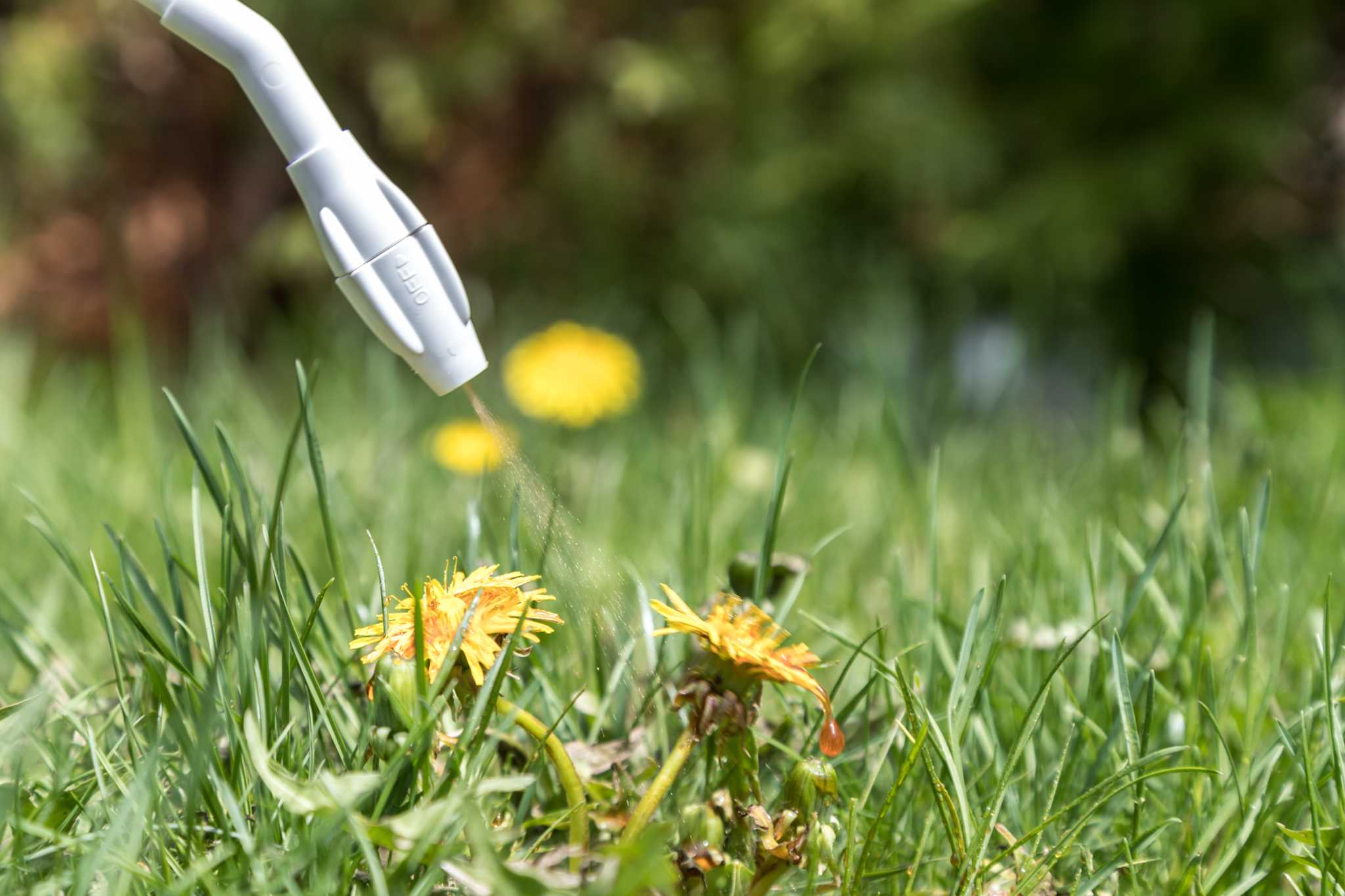
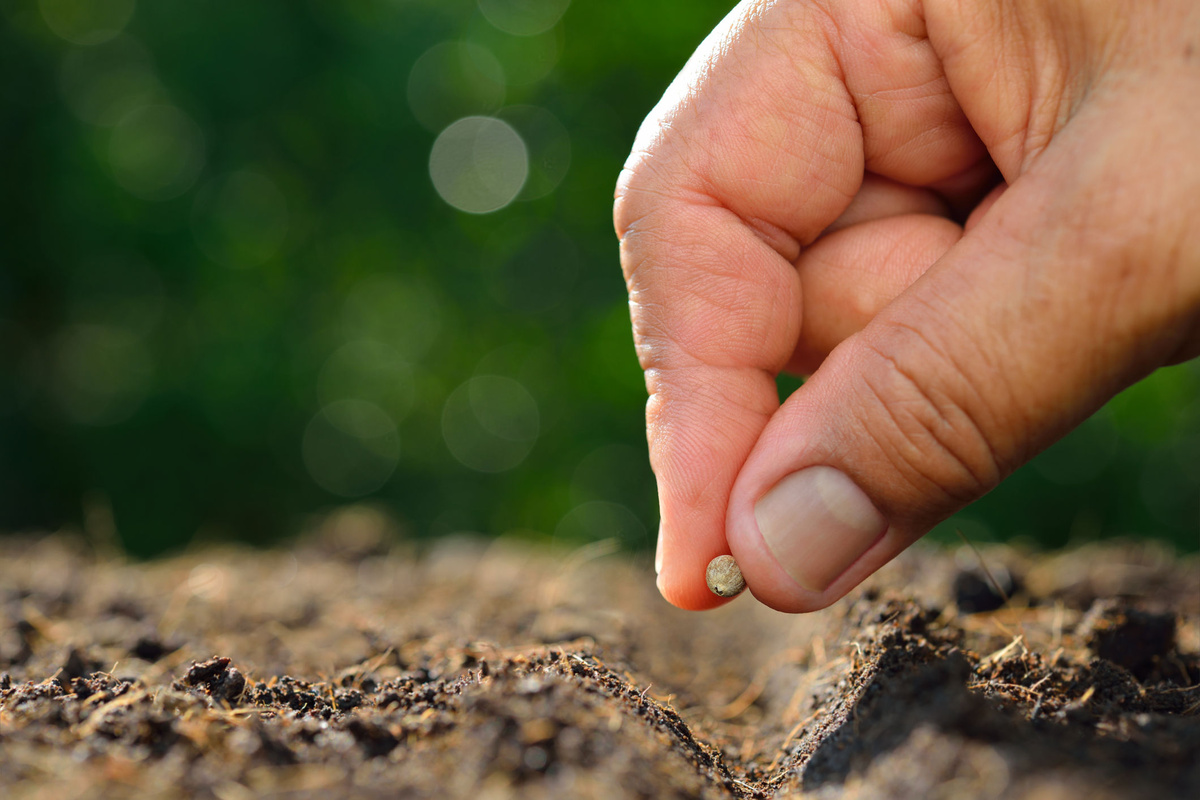
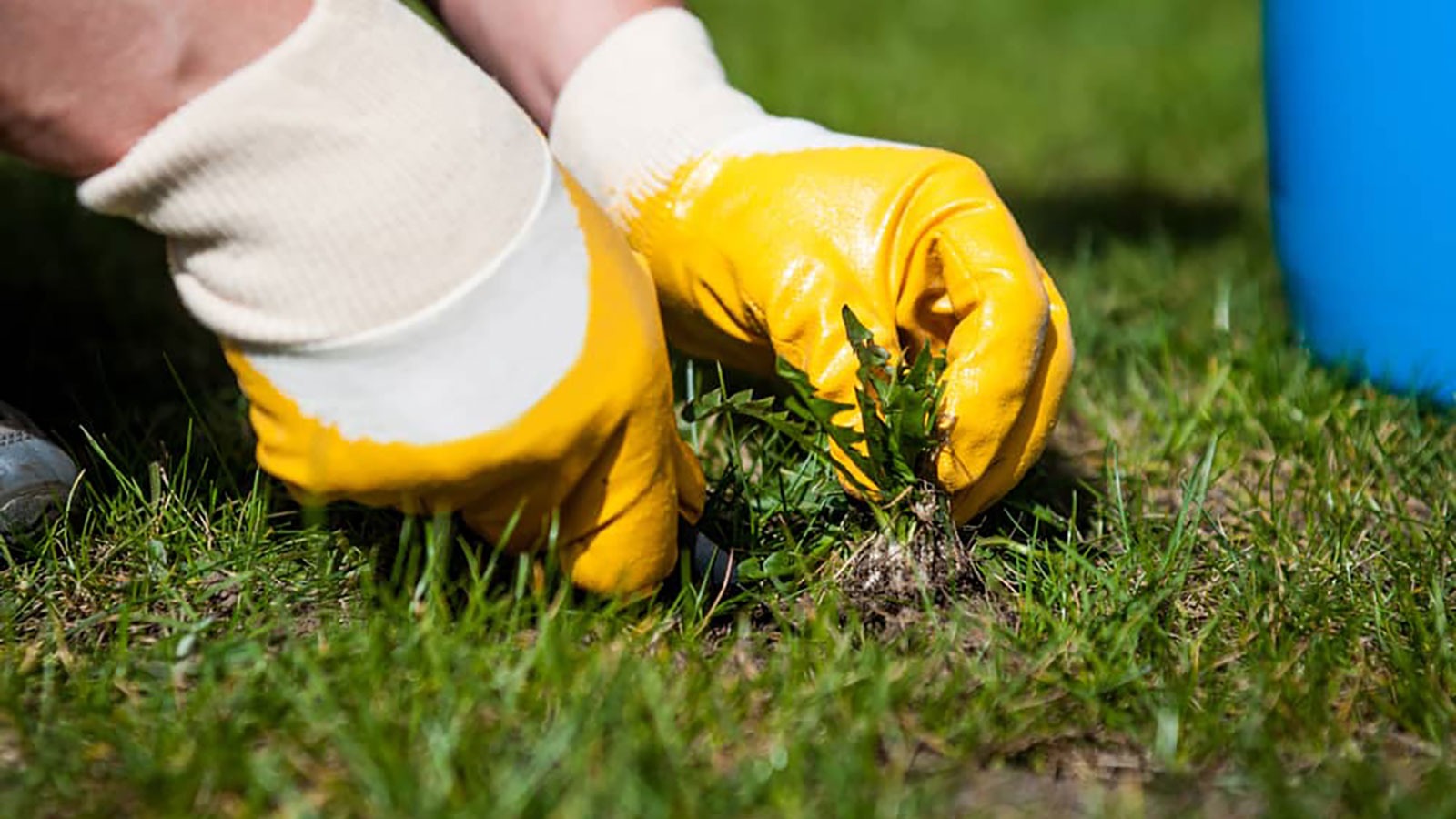
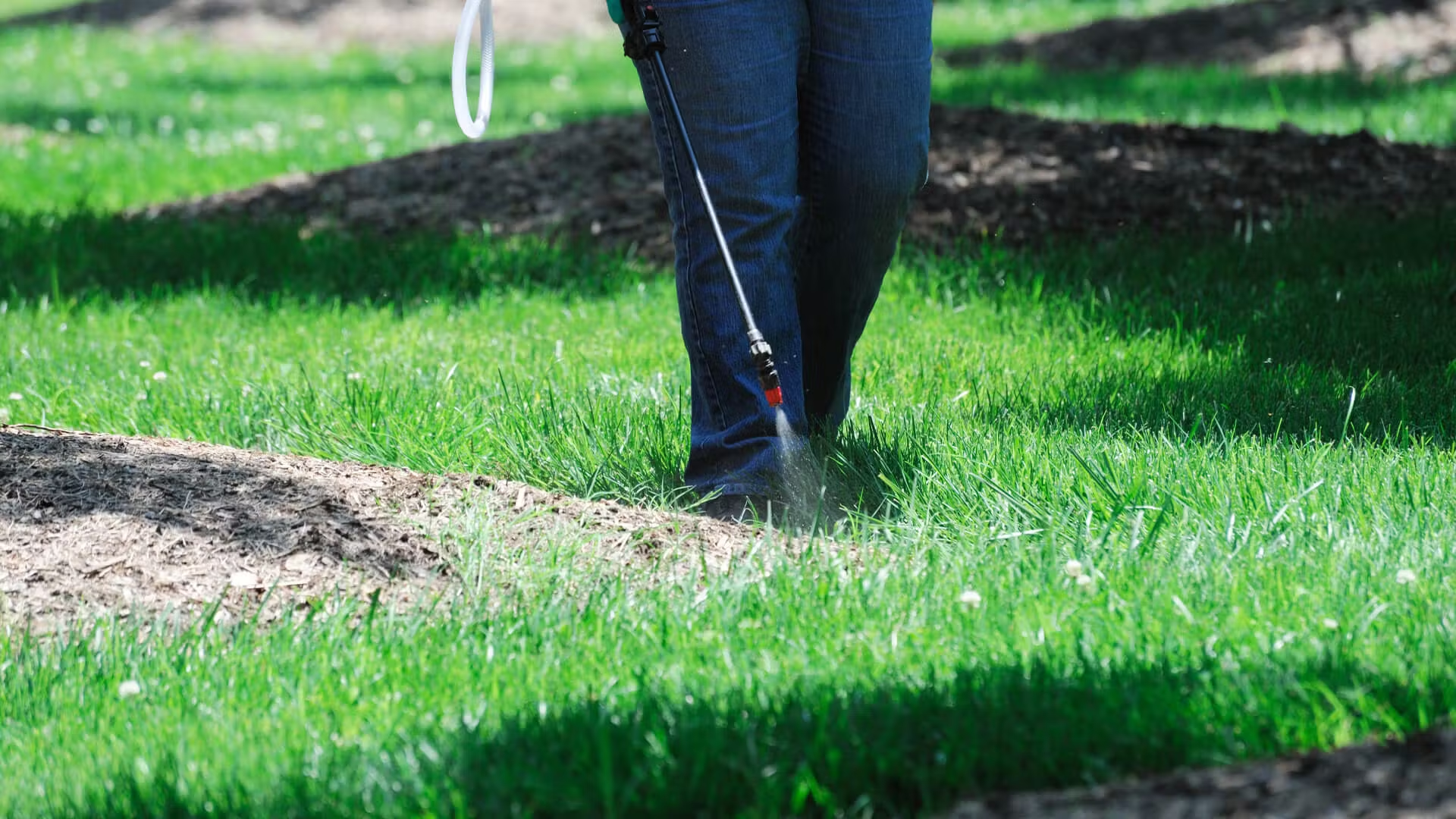
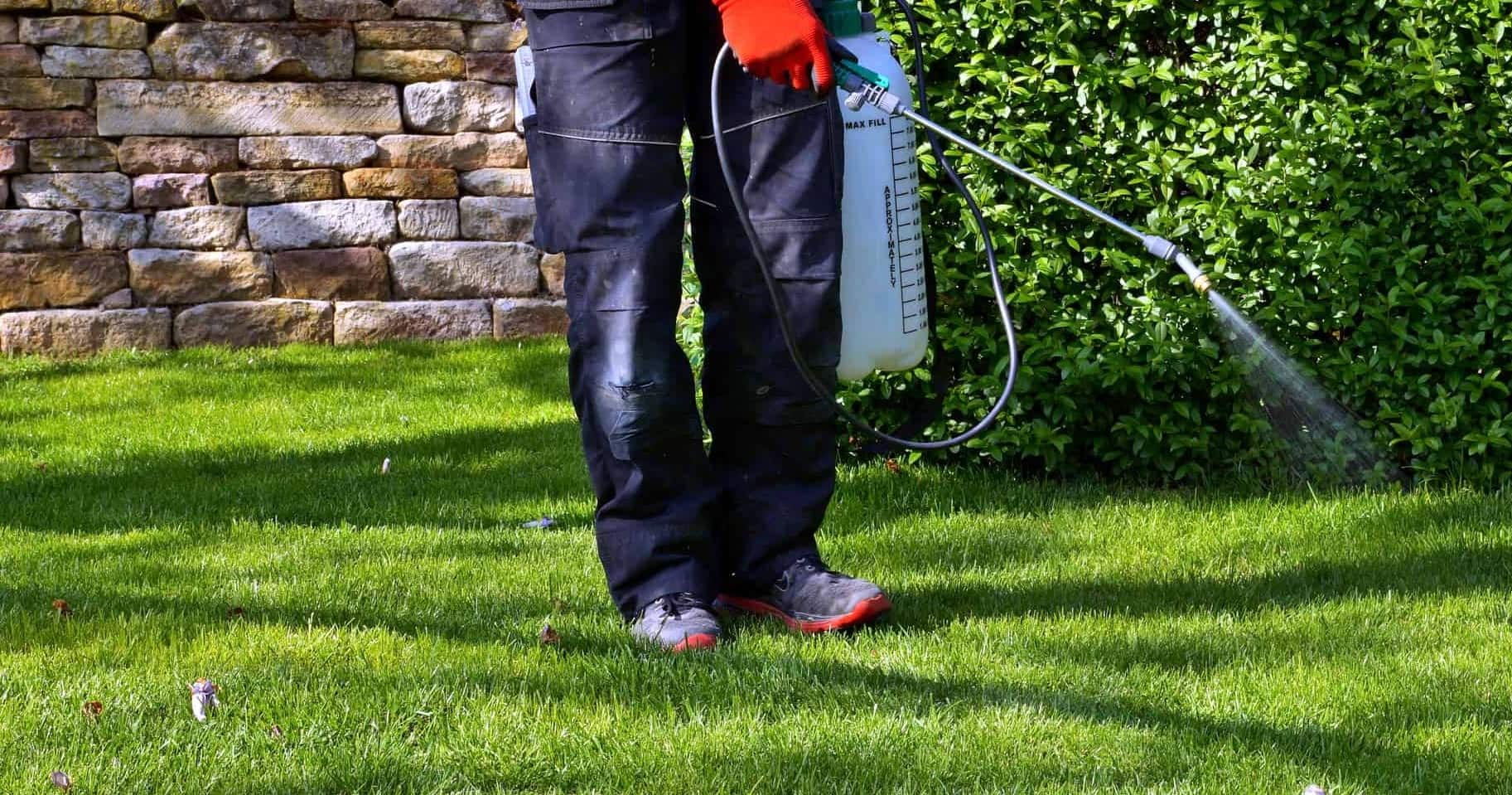
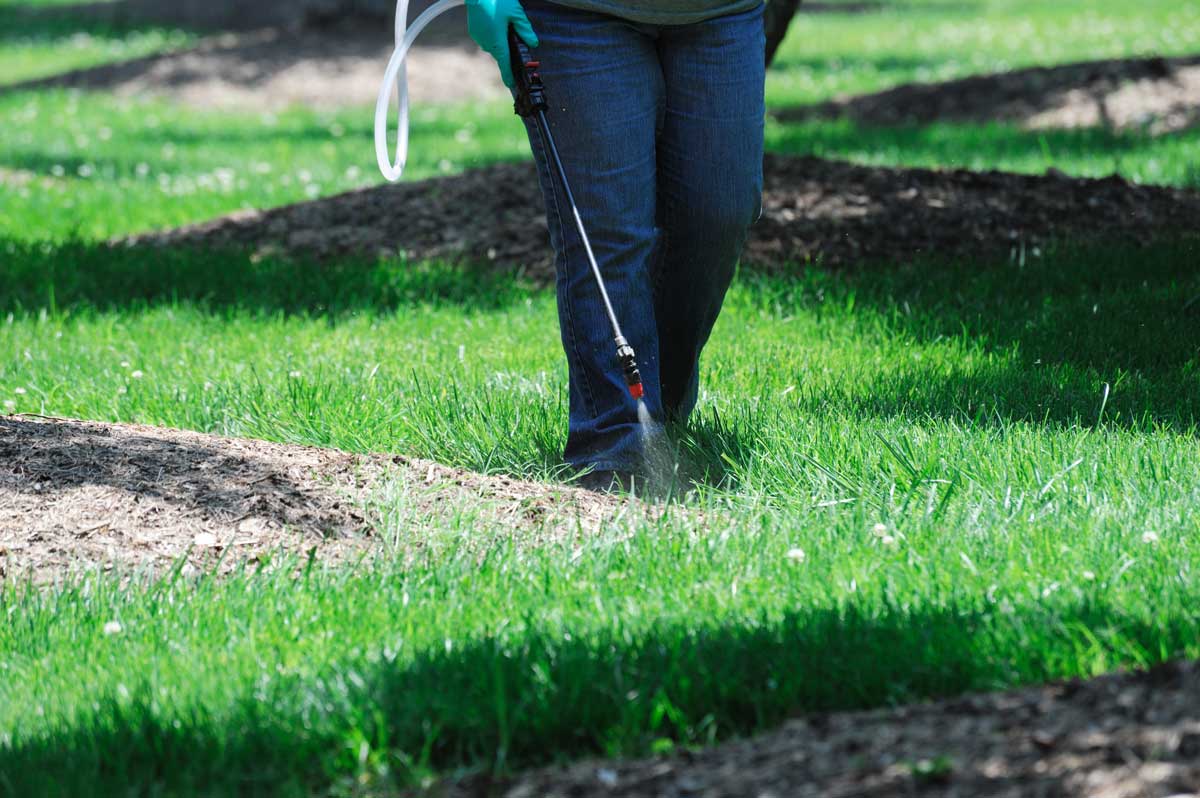

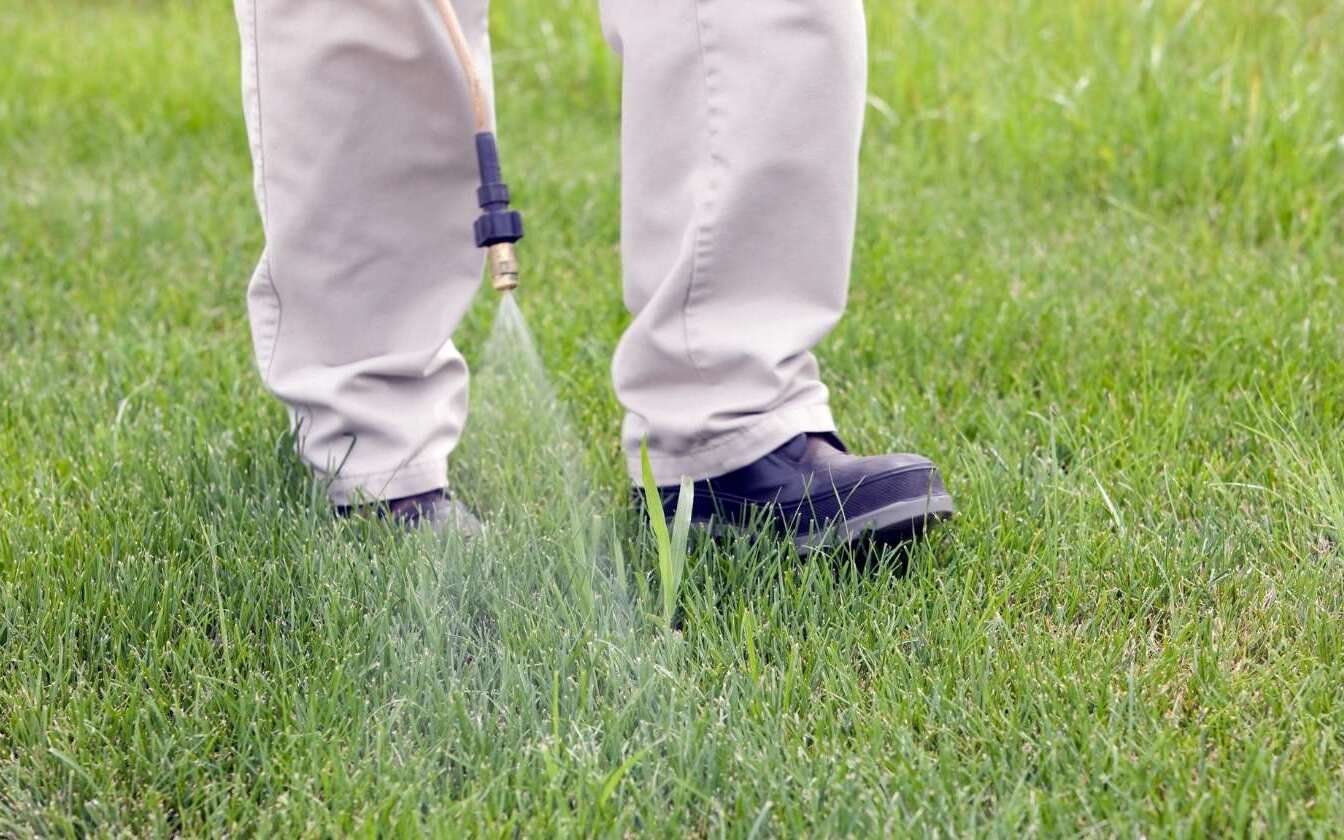
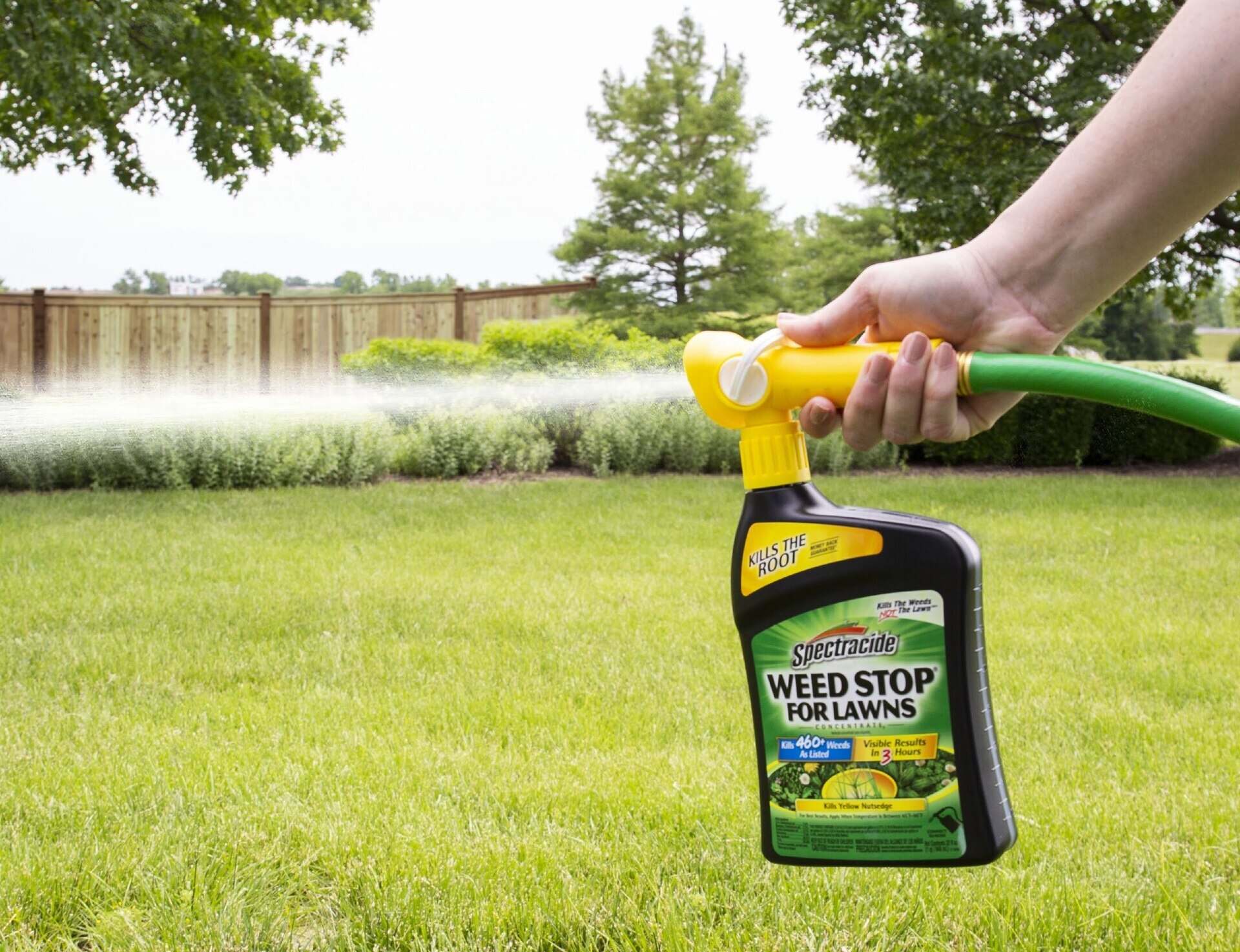
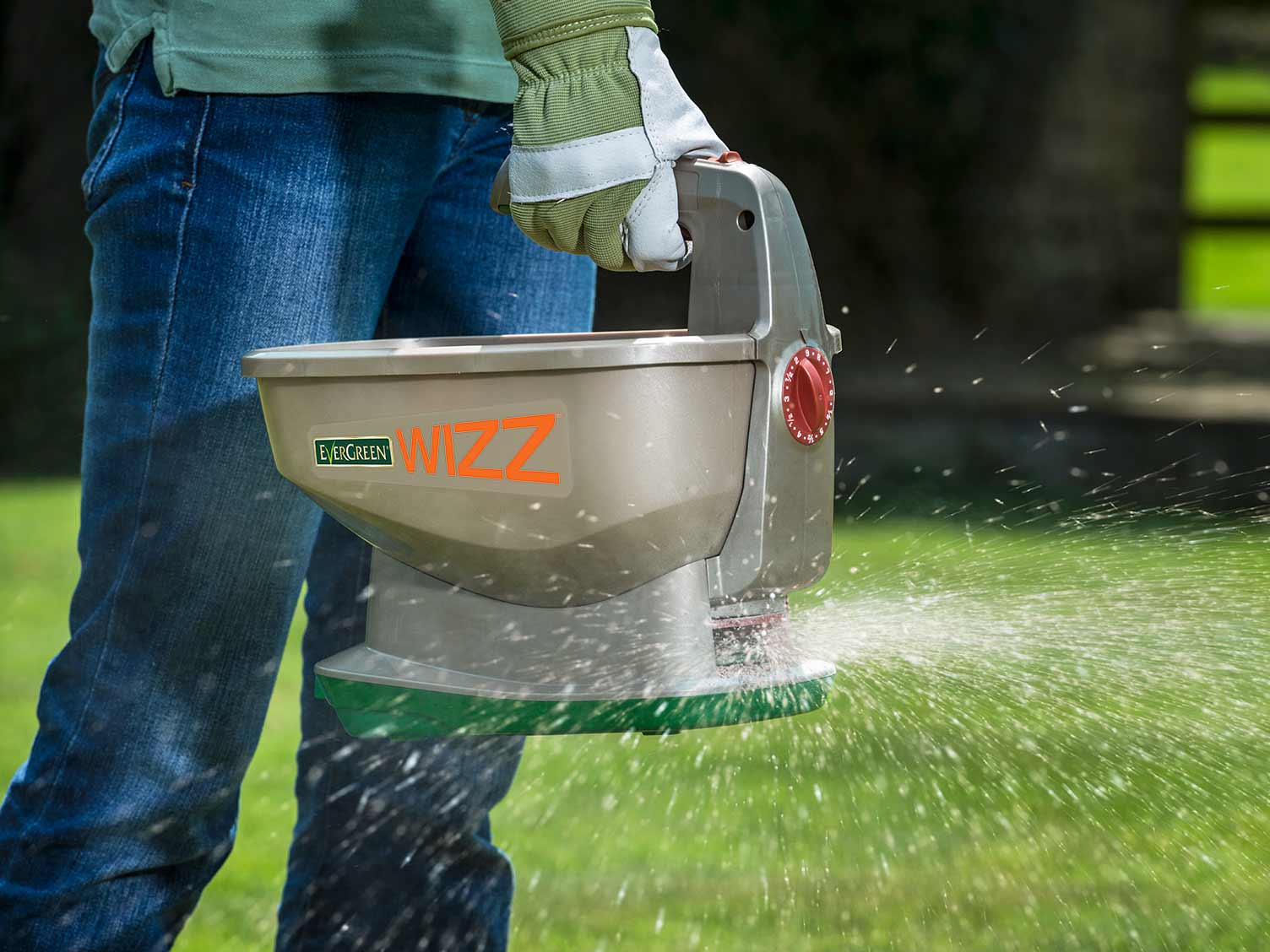
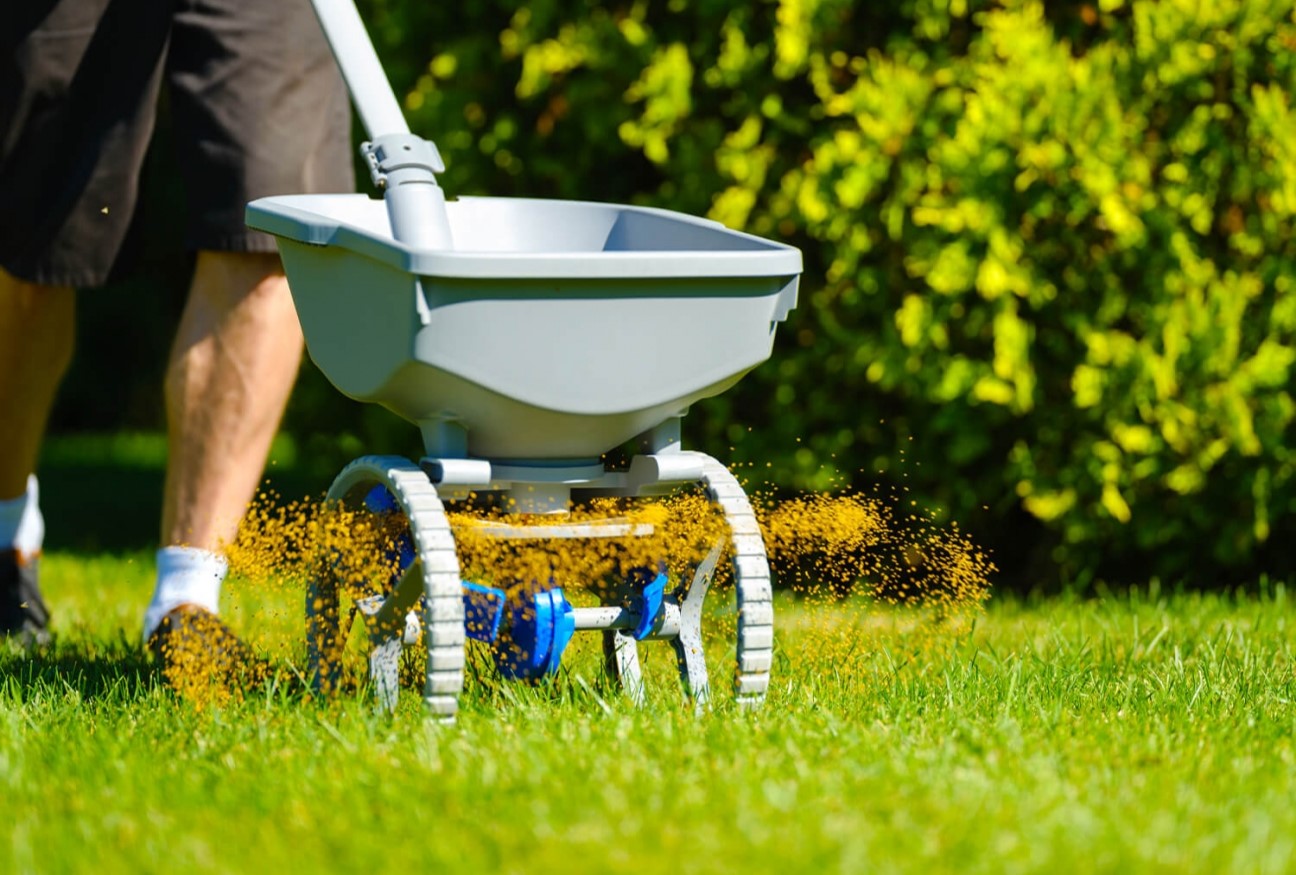
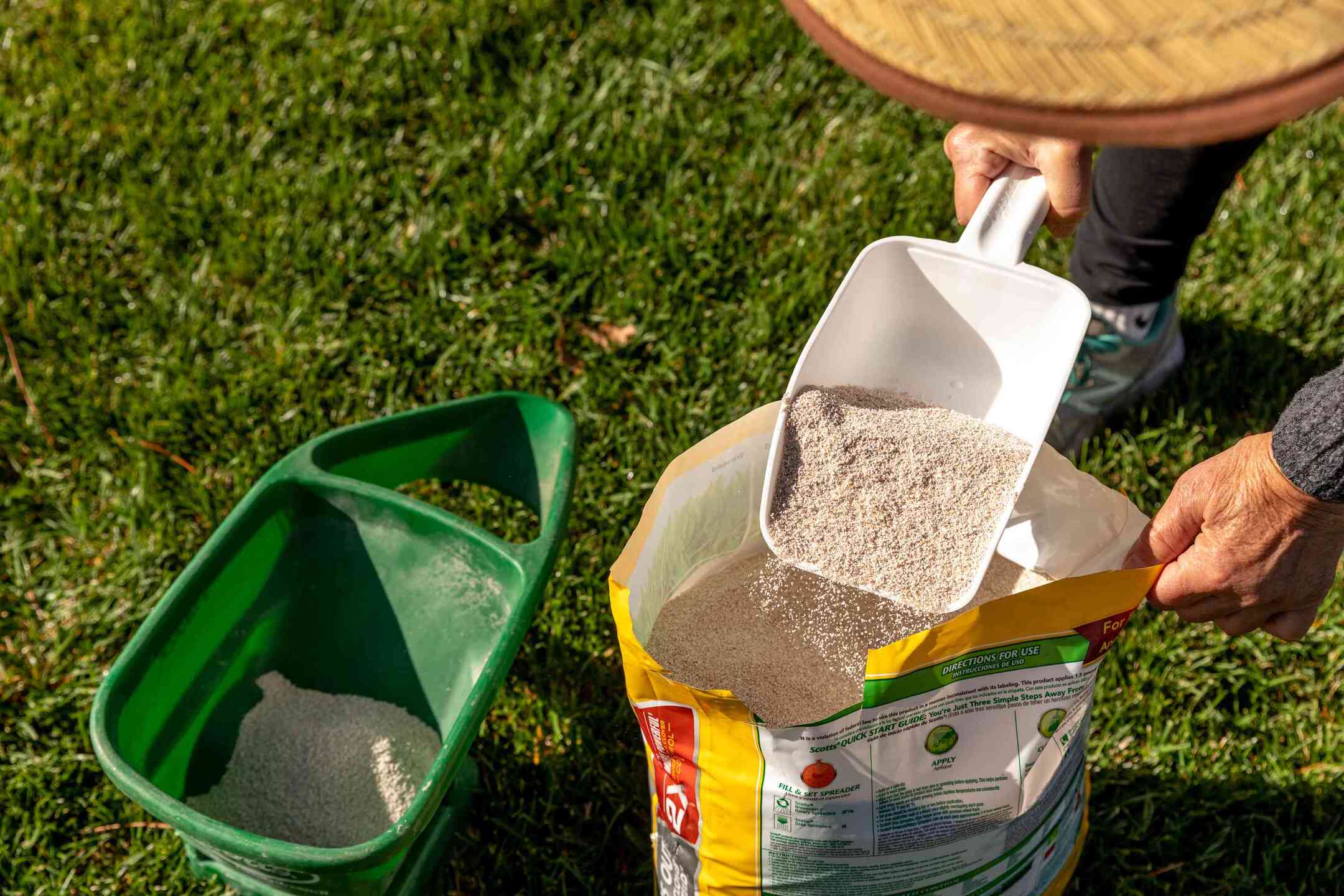
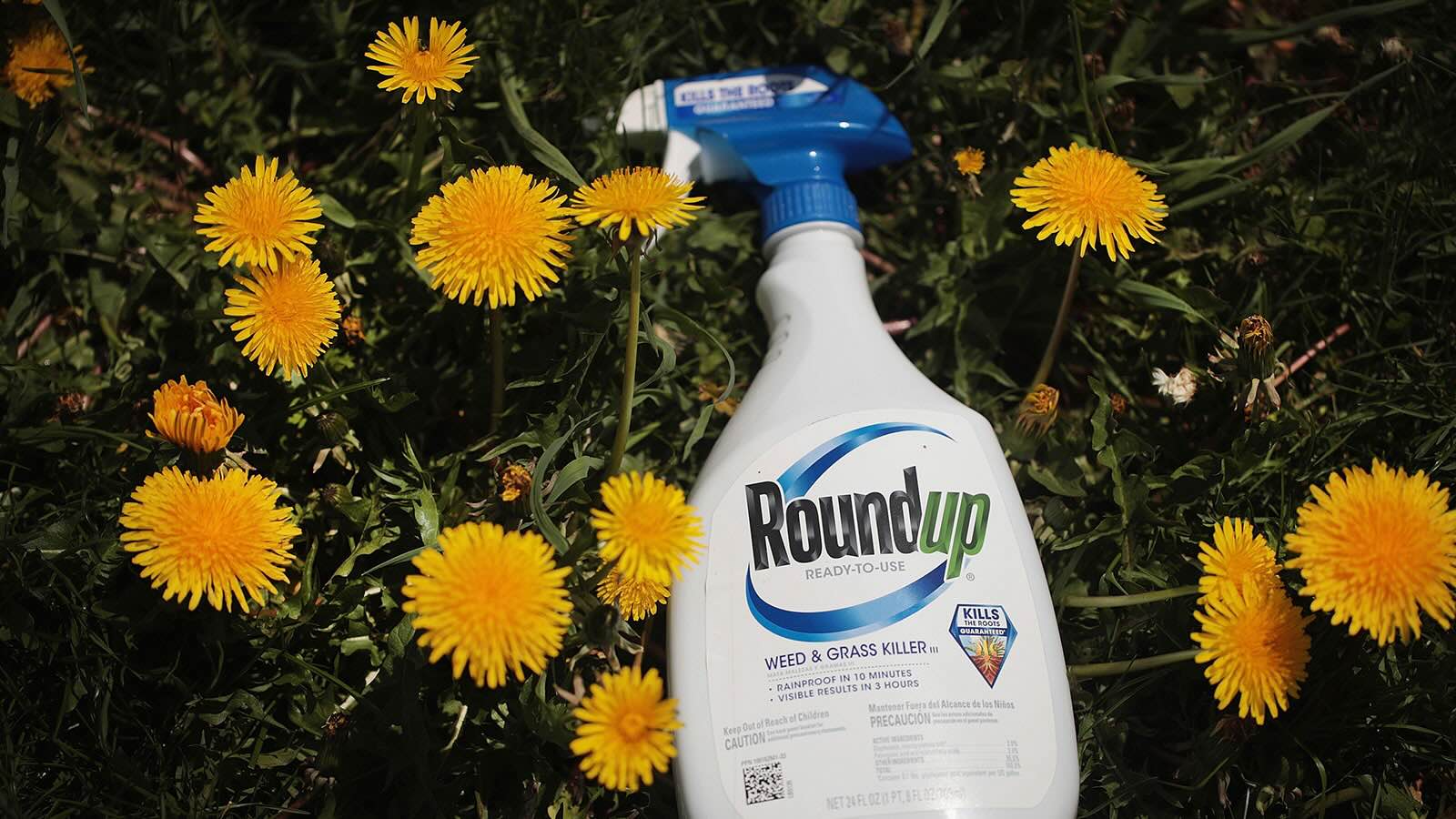


0 thoughts on “How Long After Applying Weed Killer Can I Plant Grass Seed”